In winter, you can see winter buds and some of them look like the cute face of an animal.
Scarlet Leaved Viburnum (Viburnum furcatum)
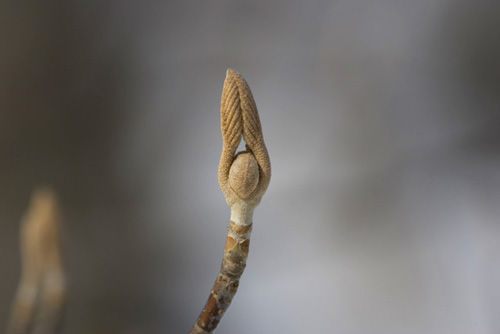
Among those interested in viewing flora in the wintertime, the bud of the Vidurnum is watched closely. It’s so popular that it’s often called the Ultraman of the forest. (Ultraman is a famous Japanese television character from the 70’s).
Japanese walnut (Juglans ailantifolia)
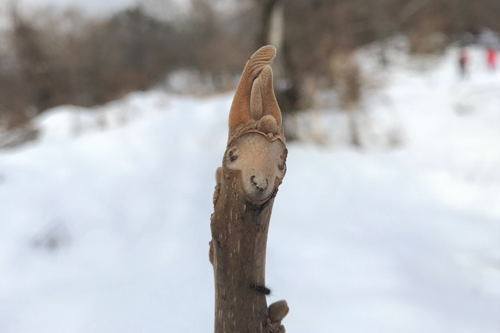
This is another very popular plant to view. Can you see the image of a sheep’s face in the places on the branch from which the leaves have fallen?
Amur Cork Tree (Phellodendron amurense)
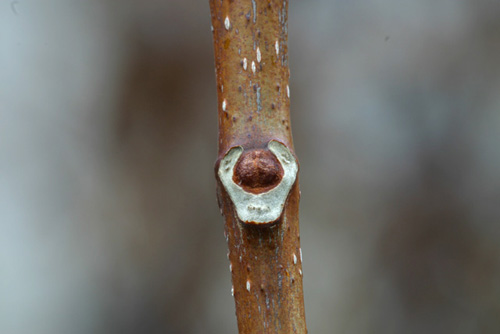
The bark’s inner layer is bright yellow and it is used as a medicine for gastrointestinal issues. What does this leaf look like to you? Can you see the image of a big clown’s nose?
Winter Bud of the Japanese Horse Chestnut (Aesculus turbinata)
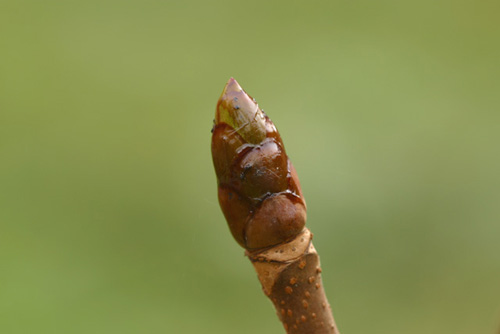
This winter bud is sticky. Sometimes it attracts insects which then become mummified. The leaves fold into a winter bud.
The Leaf Scar of the Japanese Horse Chestnut
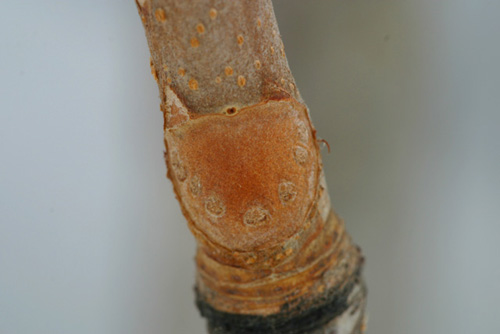
This is a leaf scar on the Japanese horse chestnut. Does it look like there are ears on a cat, dog, or even a pig? Everyone sees something different.
Castor Aralia (Kalopanax septemlobus)
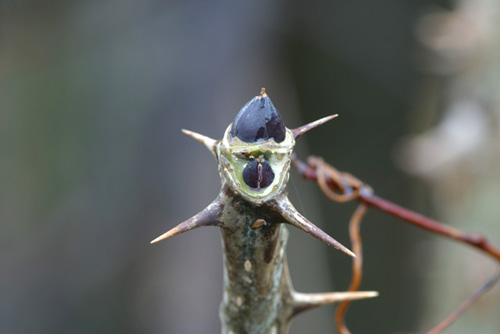
It is a plant of the family Araliaceae. Other well-known plants in this family include taranoki (Japanese angelica tree), koshiabura (a flowering tree native to Japan), yamaukogi (wild devil’s walking stick), and udo (spikenard).
Japanese Alder (Alnus japonica)
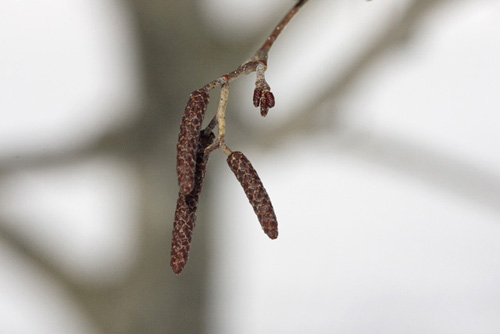
This tree has been cultivated in areas where there is a lot of water and fertile soil. In books on agriculture, this tree is highly recommended.
Japanese Clethra (Clethra barbinervis)
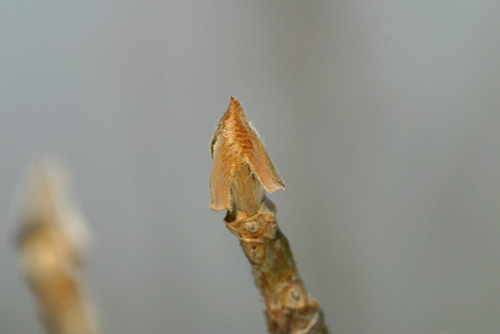
This tree is also called hatatsumori and it is found next to rice fields. The number of trees planted directly correlates to the size of the rice field. For example, if the rice field is big, many trees are planted; if the rice field is small, fewer trees are planted. In Japanese, hata means farm or field and mori means guard, tribute, protection. Therefore it is seen as a kind of guardian of the rice field.
Its sprouts are boiled before being eaten and they are also stored for when there is a shortage of food.
The Winter Bud of the Japanese Rowan (Sorbus commixta)
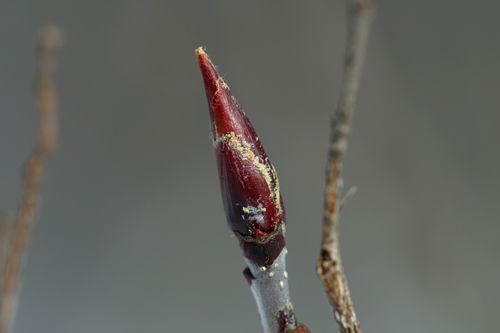
There is a theory saying that it becomes the best charcoal if it’s put in the oven seven times (the Japanese rowan is nanakamado in Japanese. Nana means ‘seven’ and kamado means ‘kitchen oven’). Its buds are similar in shape to a red conical roof.
Winter Bud and Leaf Scar of the Japanese Elm (Ulmus davidiana var. japonica)
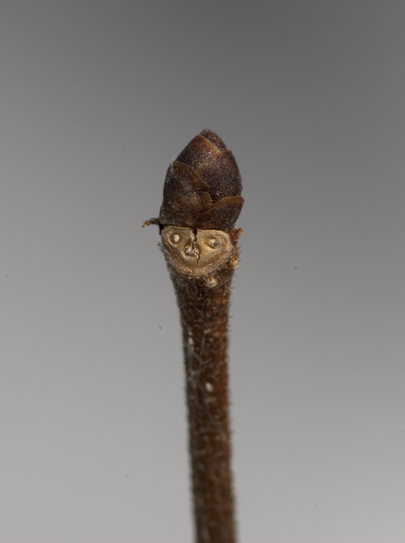
There are two species of elm: the Japanese elm and Chinese elm. The Chinese elm is found in warm climates, and the Japanese elm is found in cold climates. These trees are often seen lining streets. Do the buds look like a baby’s face to you?
Guelder-Rose Tree (Viburnum opulus)
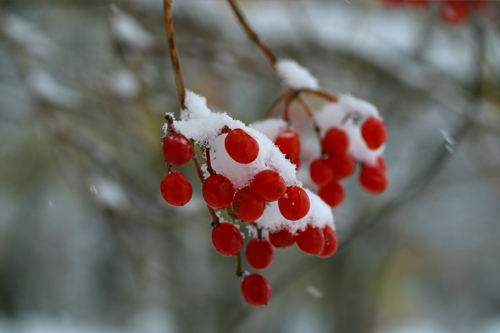
Because there remain red shining seeds (nuts) on the tree after autumn, many people believe that birds don’t eat the seeds of this tree. However, if birds don’t eat the seeds, the tree won’t reproduce. Thus, birds do in fact eat the seeds and those birds include the waxwing, thrush, brown eared bulbul and others.
Panicled Hydrangea (Hydrangea paniculata)
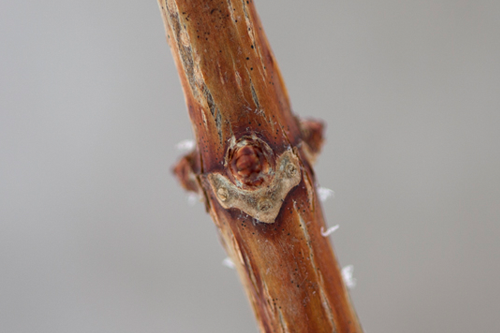
If you put a branch in a barrel of water, slimy mucus will come out from the inner layer. In autumn we often see the flowers blooming for a second time.